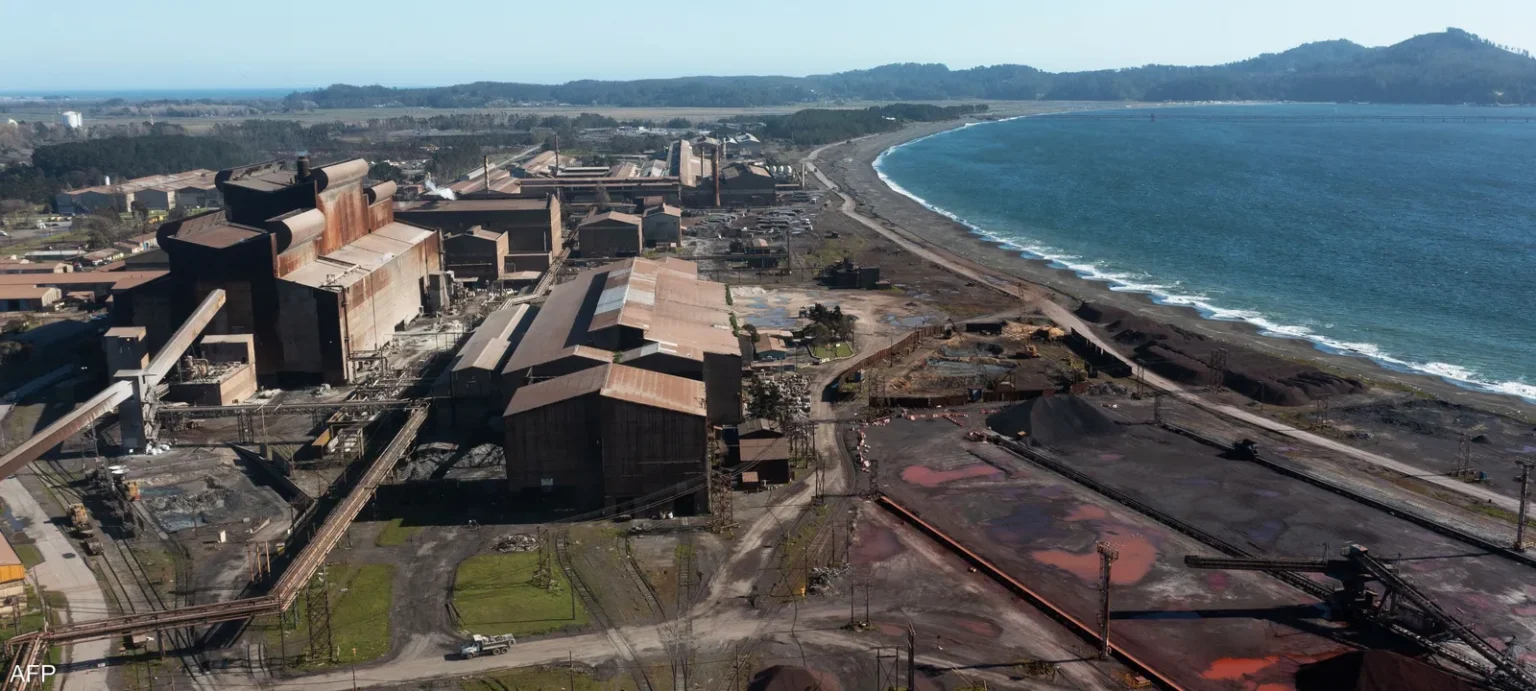The “Huachipato” steel plant in Chile, the country’s largest, will close its doors on Monday. After operating for 74 years, the closure will lead to thousands of job losses.
Economic Impact on Talcahuano
The plant’s closure directly affects 2,700 jobs, including subcontractors. Additionally, around 20,000 indirect jobs are at risk. The closure also marks the end of non-recycled steel production in Chile. For generations, Huachipato was central to life in Talcahuano, a city with 160,000 residents, located 500 kilometers from Santiago. The plant was a landmark in the community.
Challenges from Chinese Competition
Huachipato produced 800,000 tons of steel annually and was crucial for the Chilean mining industry. Founded in 1950, the plant struggled against cheaper Chinese steel, which costs 40% less. Despite requesting additional tariffs on Chinese imports, the plant could not survive the competition. The Chilean anti-dumping committee imposed tariffs in April after finding “unfair competition.” However, these measures were insufficient. Since 2019, Huachipato has faced losses of up to 700 million euros.
Community and Economic Effects
Julio Beltrán, the plant manager, announced the closure in August, stating, “It is a painful decision, but we are convinced that we did everything we could.” Last year, 10 million tons of Chinese steel flooded Latin American markets, a 44% increase from the previous year. Over 20 years, China’s share of the global steel market has surged from 15% to 54%, according to Latin American Steel Association “Alacero.”
For many in Talcahuano, Huachipato was more than just a job. It fostered social and cultural associations, built workers’ housing, and even established a football team now leading the Chilean championship.



